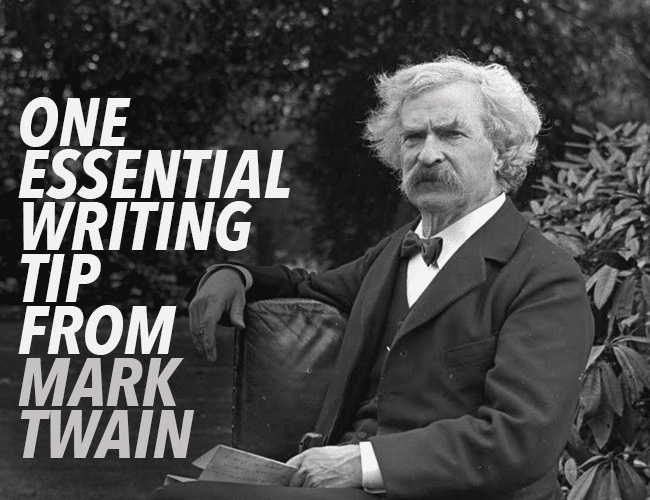
by Sue Weems |
Mark Twain is one of my favorite writers. When I read his essays last year, I came across a bit of revising gold in a 1906 essay titled “William Dean Howells.” Most of the essay praises Howells’s prose in general, but the final paragraphs address what Twain calls “stage directions.”
In a play, stage directions are only visible to the audience through the movement and actor’s inflection during the performance. In a novel, we rely on description to set scenes, give context, and deepen characterization. When done well, stage directions don’t distract from the character or action.
When done poorly, however, Twain has something to say about them.
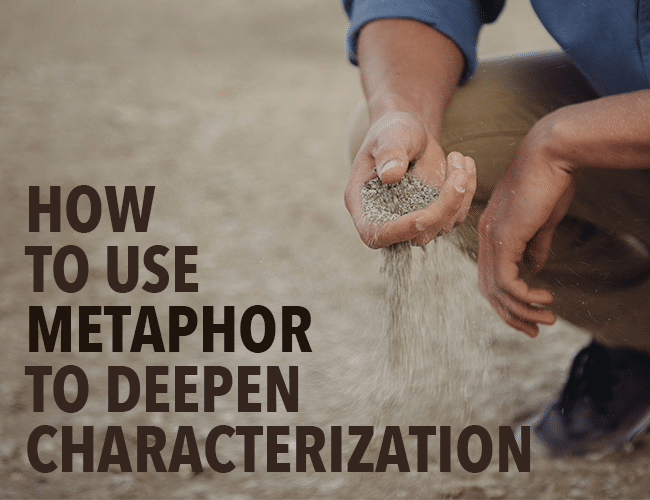
by Guest Blogger |
As a prose writer, I try to suss out where I can deepen and expand my stories, transform a limping clause into a sure-footed guide. Sometimes, as in the preceding sentence, I find metaphor to be the most efficient and evocative tool in my writer’s gym bag.
Metaphor, by conflating two unlike things—often an abstraction like love and a concrete object like a rose (thank you, Shakespeare)—invites readers to connect with our stories via the boundless power of imagination. Or, as James Woods says in How Fiction Works, “[m]etaphor . . . is the entire imaginative process in one move.”
In other words, metaphor helps our stories run smoothly, with steady footing across even the rockiest of terrain, bringing our readers to those stunning vistas seen only from mountaintops.

by Guest Blogger |
I am not a poet but I read poems regularly. Their succinct and succulent lines transform the way I see the world around me, fill my head with color and sound and taste and most important of all to me, emotion. And all without lots of words.
If you can’t quite say what you’re getting at, playing with metaphor-making may unlock your voice and expand your piece. And even if you don’t think you need metaphors for your writing, metaphor-making may unlock new ideas for you.
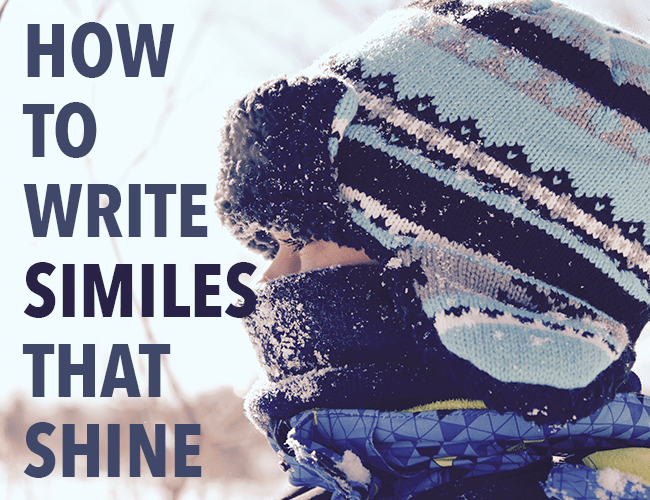
by Guest Blogger |
If you’re anything like me, you hope in your heart of hearts that your writing will reveal a Great Truth to your readers, that it will open a doorway to compassion and understanding that will ripple out to change the world. Ah!
The authors who have been most effective in ushering me to that doorway are those whose writing reveals connections between images, ideas, and sensations I otherwise would have missed. Like Annie Dillard’s terrific simple line: “The air bites my nose like pepper.”
How did Dillard come up with such a lively sentence, one that bridges two physical sensations (cold and biting) and scent (pepper)? And how can we play around with unlike sensations to create similes that shine?
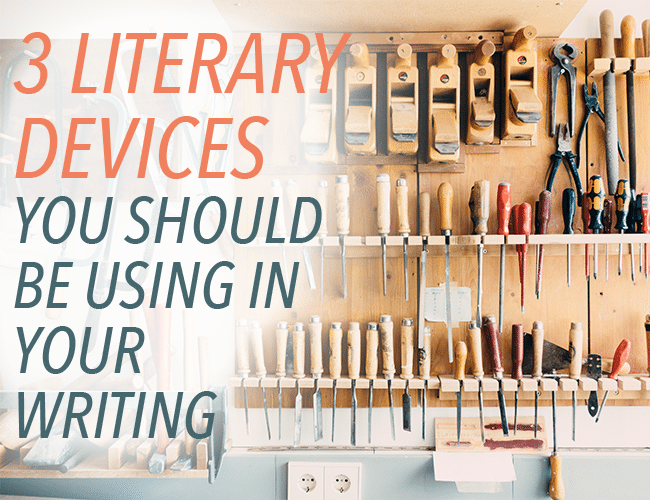
by Emily Wenstrom |
Literary devices can be great tools in your writer’s arsenal to help you illustrate your stories and points in a way that invites engagement and reflection.
And yet what’s the difference between a simile and a metaphor? Metaphor and personification? How much of that English 101 class can you really remember?
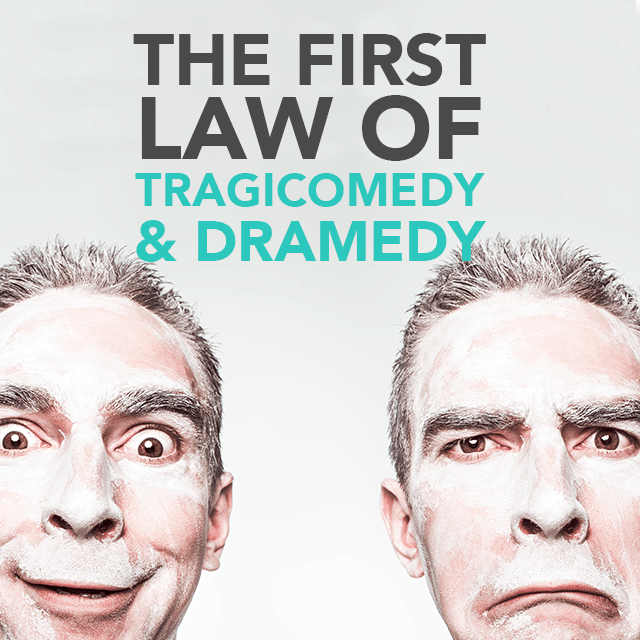
by Liz Bureman |
One of the first things I remember from ninth grade English is discussing the origin of comedy and tragedy from the classical Greek plays. We read both Oedipus Rex and Antigone over the course of the next several years of English classes, and Shakespeare’s plays, both comic and tragic, made their way into the curriculum, as they have the tendency to in most high school English classes. I was in a production of As You Like It, one of Shakespeare’s most well-known comedies. Even in those earliest forms of literature and theater, writers played with blending the elements of tragedy and comedy together. We call these blended works tragicomedies or dramedies.





